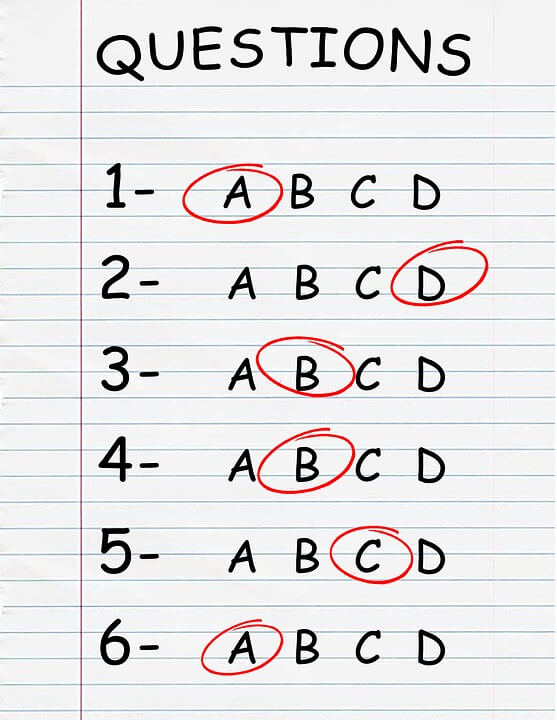
Have you ever conducted or thought about doing a business architecture readiness assessment? When should you get started or accelerate your enterprise transformation thru business architecture and business capability modeling? Here is a simple self-assessment to help you determine the signs and symptoms that will necessitate a business architecture and business capability modeling program.
A simple self-assessment will help you determine the signs and symptoms that will necessitate a business architecture and business capability modeling program.
While creating a few business architecture artifacts and a few business capability models is in itself not a panacea, it will at least get started on the path to enterprise transformation. Score your company ratings on the following parameters and decide how desperately you need a business capability-driven change.
-

Enterprise Business Architecture Starter Package
Business Architecture Readiness Assessment:
Please answer these self-assessment questions (This is a simple set of questions to begin your journey.) A is the highest score, and D is the lowest.
Business Strategy Alignment
-
To what extent is business strategy effectively translated into operational plans?
- A. Fully translated and consistently executed
- B. Mostly translated, some execution inconsistencies
- C. Partially translated, significant execution gaps
- D. Not translated, no operational alignment
-
How well do you understand the impact of the business strategy on business operations and systems?
- A. Completely understood and modeled
- B. Mostly understood and modeled
- C. Partially understood and modeled
- D. Not understood or modeled
-
How well are changes in business strategy communicated and managed across the organization?
- A. Excellent communication and management of changes
- B. Good communication, some gaps in managing changes
- C. Average communication, major gaps in managing changes
- D. Poor or no communication, no management of changes
Governance & Organization
-
Is there a dedicated team responsible for business architecture within your organization?
- A. Yes, a fully staffed and functioning team
- B. Yes, but it’s understaffed or under-skilled
- C. No, but responsibilities are assigned to existing roles
- D. No, there are no dedicated responsibilities
-
How mature is the governance structure for managing business architecture?
- A. Fully mature with clear roles and responsibilities
- B. Partially mature with some clear roles and responsibilities
- C. Immature with few clear roles and responsibilities
- D. No governance structure in place
-
How integrated is the business architecture practice within the broader enterprise architecture?
- A. Fully integrated
- B. Mostly integrated, some gaps
- C. Partially integrated, significant gaps
- D. Not integrated
-

Enterprise Business Architecture Starter Package
Processes & Capabilities
-
How comprehensive is your mapping of business processes and capabilities?
- A. Complete mapping with full details
- B. Mostly complete mapping, some details missing
- C. Partial mapping with many details missing
- D. No mapping was done
-
How effectively do you manage and update your business processes and capabilities maps?
- A. Excellent management and updating process
- B. Good management, some gaps in updating process
- C. Average management, significant gaps in updating process
- D. Poor or no management, no updating process
-
How well are business processes optimized for efficiency and effectiveness?
- A. Fully optimized
- B. Mostly optimized, minor inefficiencies
- C. Partially optimized, significant inefficiencies
- D. Not optimized, major inefficiencies
Tools & Technology
- Do you utilize specific tools for business architecture (e.g., enterprise architecture tools, business process modeling tools)?
- A. Yes, advanced tools are extensively used
- B. Yes, basic tools are used, and advanced tools are partially used
- C. Yes, but only basic tools are used
- D. No, tools are not used
- How effective is your use of technology to support business architecture activities?
- A. Highly effective, enabling significant efficiency and quality
- B. Mostly effective, enabling moderate efficiency and quality
- C. Partially effective, limited efficiency and quality gains
- D. Not effective, no efficiency or quality gains
- How well is data and information managed within your business architecture activities?
- A. Excellent management, data fully leveraged for insights
- B. Good management, data partially leveraged for insights
- C. Average management, data rarely leveraged for insights
- D. Poor or no management, data not leveraged for insights
If you need more than this questionnaire, please contact Capstera Consulting for a rapid business architecture readiness assessment.





